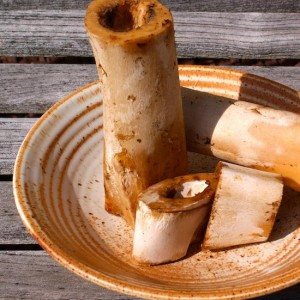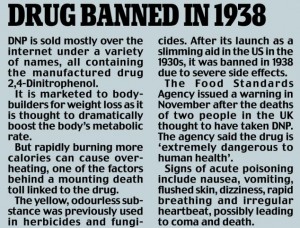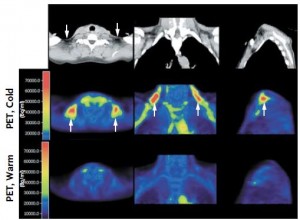Basically, this much is pretty obvious now: LIGHT and food in the morning + darkness after sunset = proper circadian entrainment. But the how is pretty cool; LIGHT affects different biochemical pathways at different times of the day, which is how it can either advance or delay your circadian phase.
LIGHT entering the eyes is perceived by ipRGCs which then dish out glutamate and PACAP. These mediators go on to activate receptors in the SCN (the “Master Clock”).
Depending on the time of day, glutamate and PACAP affect different pathways.




